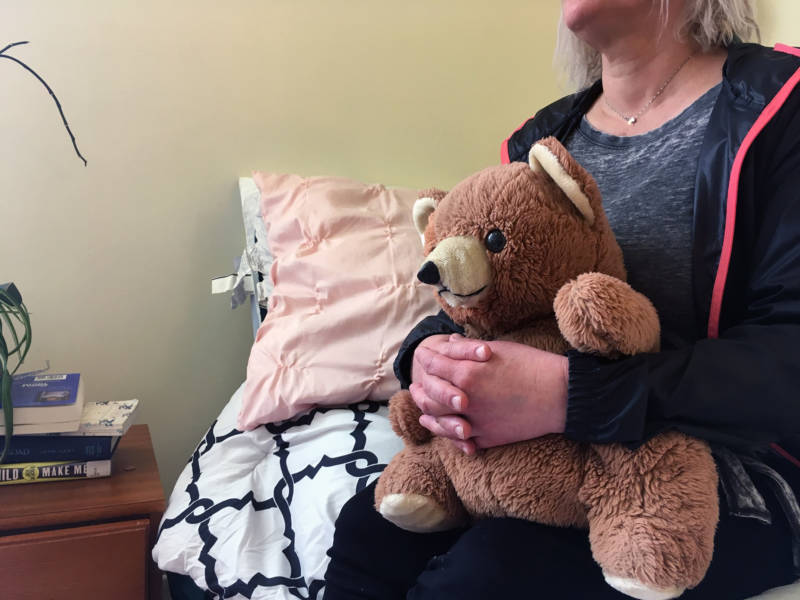Twenty-five years after snorting her first line of speed at a club in San Francisco, Kim has redefined "normal" so many times. At first, it seemed like meth brought her back to her true self — the person she was before her parents divorced, before the stepfather moved in, then moved out.
Meth Mania: From Biker Gangs to the Psych Ward, How Speed Came of Age in California

"I felt normal when I first did it, like, 'Oh, there I am,' " she remembers.
Kim is 47 now, and she has been chasing normal her entire adult life. But the more she kept using, the more what was normal slipped further and further away, until eventually, Kim stared through the lens of a camera at a police officer taking her picture, telling her to turn to the left, then the right.
"It really tricks you," she says. "It's like, you're doing the drug that's causing the problem, but it's numbing you out from the problem it's causing."
While the country's attention has been focused on prescription opioids and heroin overdoses, methamphetamine has been making a comeback. The drug's history is rooted in California — biker gangs like the Hells Angels manufactured and distributed it up and down Interstate 5 in the 1980s. Then Mexican cartels took over and kept Los Angeles as their national distribution headquarters.
Now, there's a new meth epidemic and it is again based in California.
The drug is cheap and widely available, sending more and more people to the hospital, to rehab and to the morgue.
But policymakers on the East Coast haven't kept up. All they see in their backyards are opioids, and so that's where the funding and attention go, says Steve Shoptaw, an addiction psychologist at UCLA.
"Bottom line is, as Americans, we have just so much tolerance to deal with addiction," he says. "And if the opioid users have taken that tolerance, then there's no more."
To hear the full story click on the red play button at the top.

